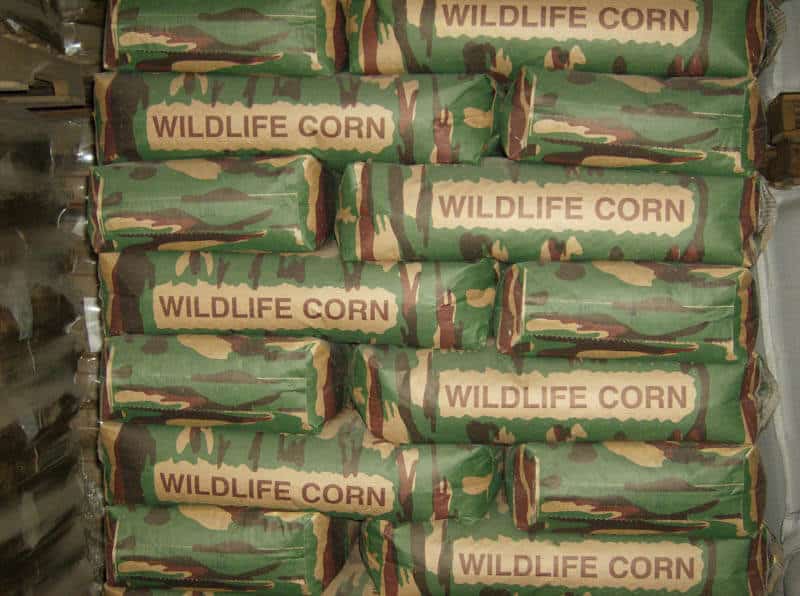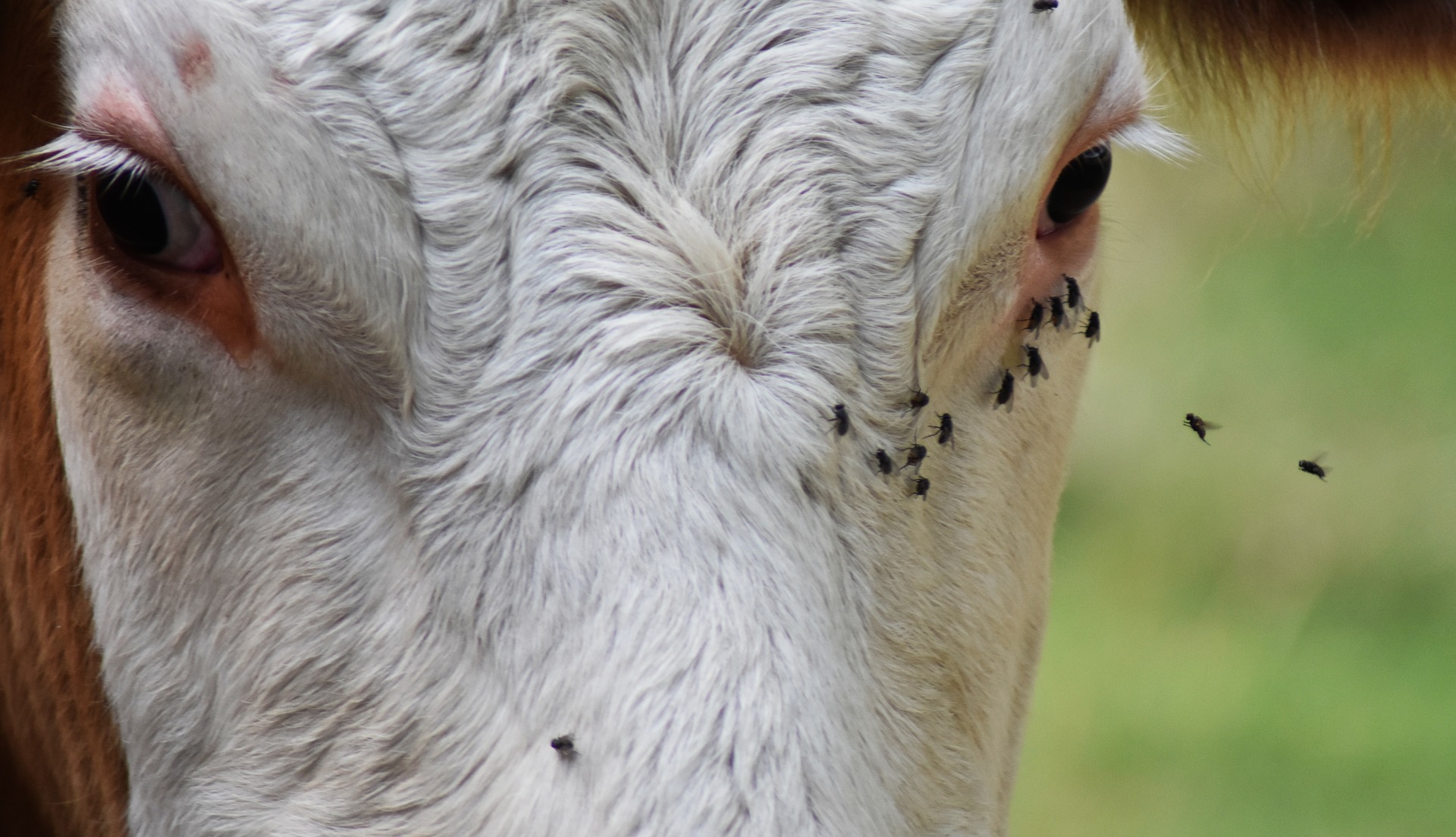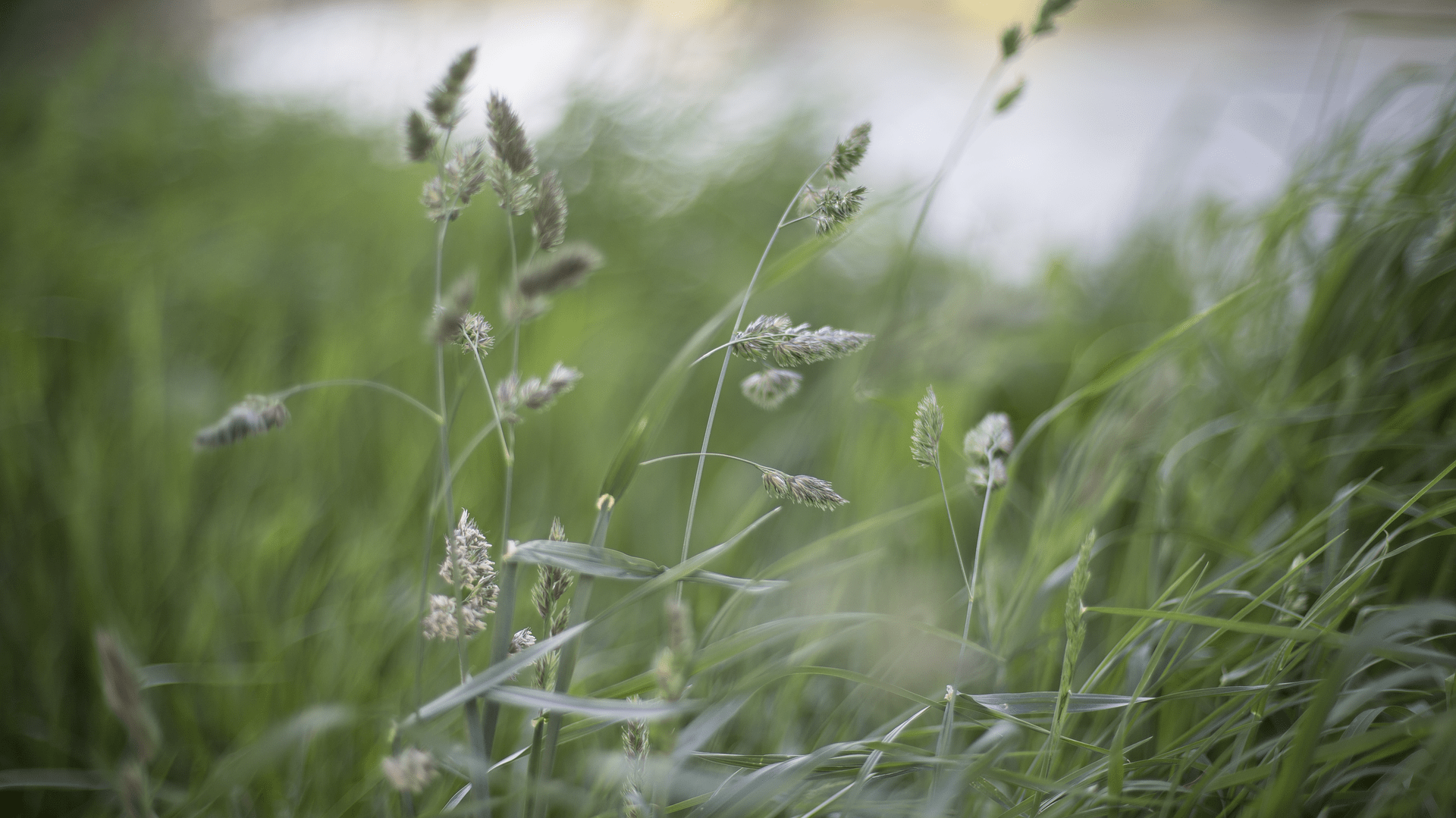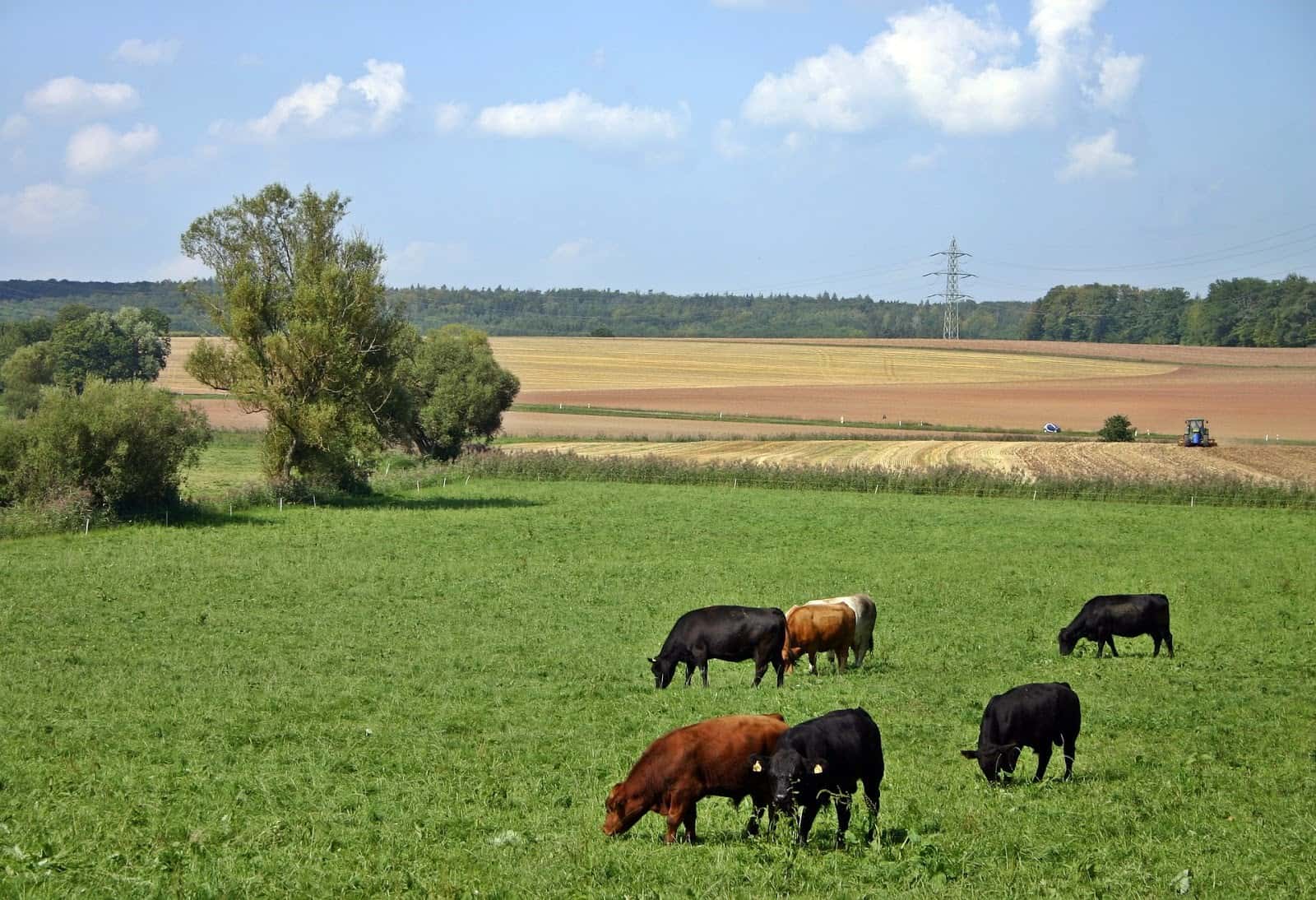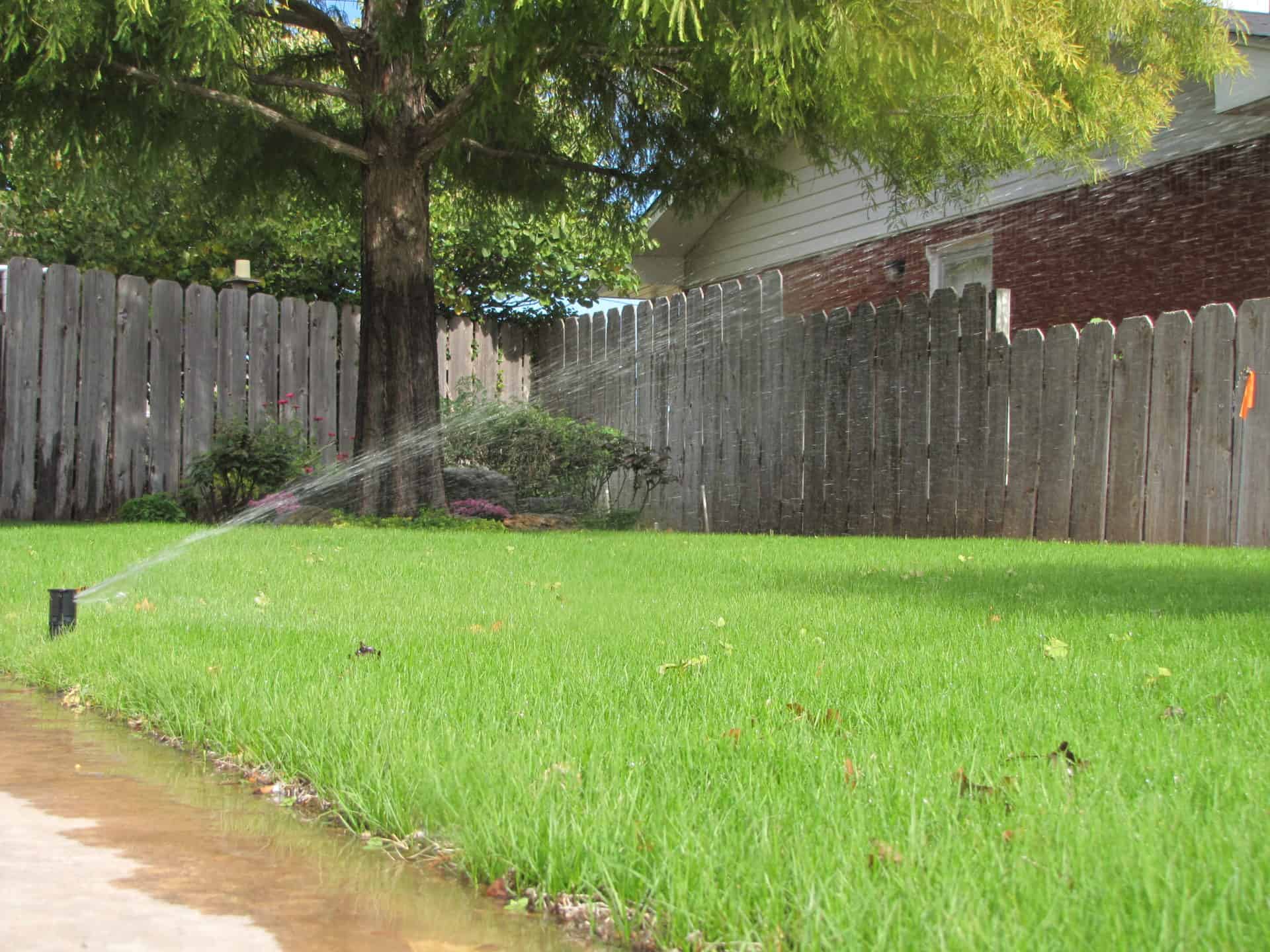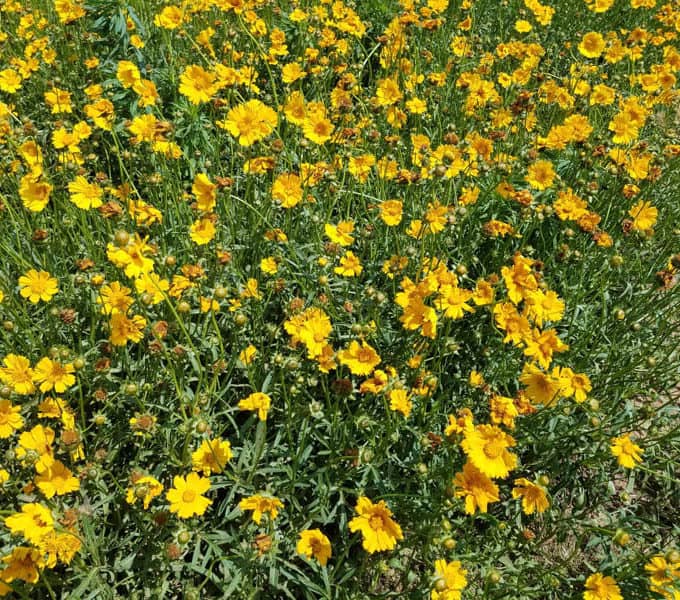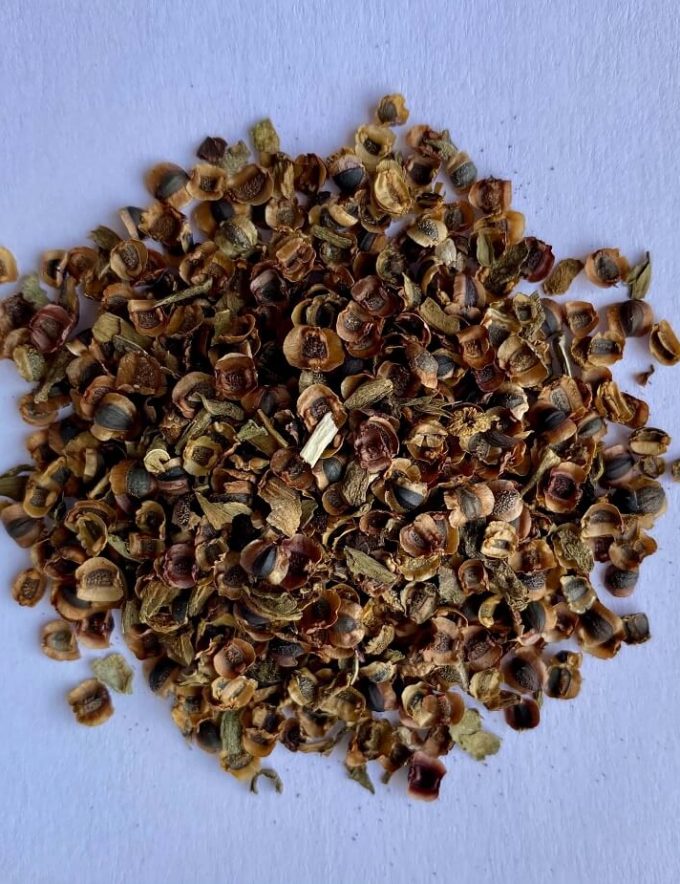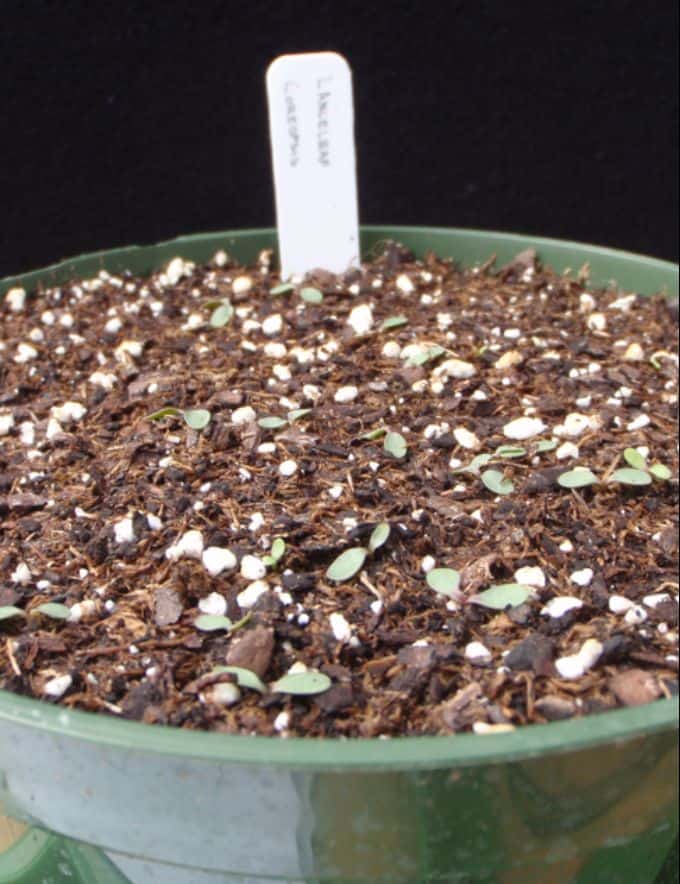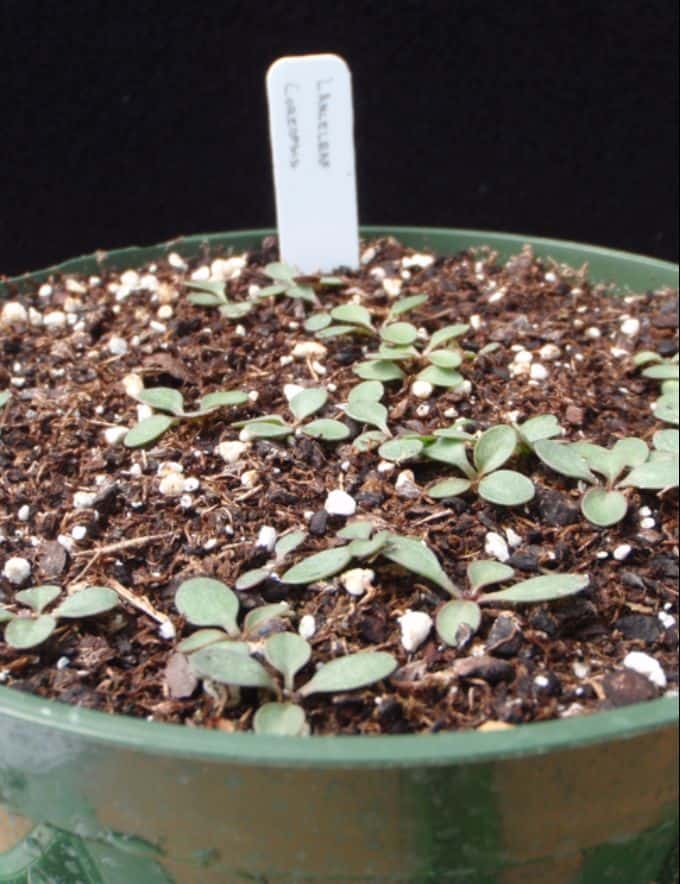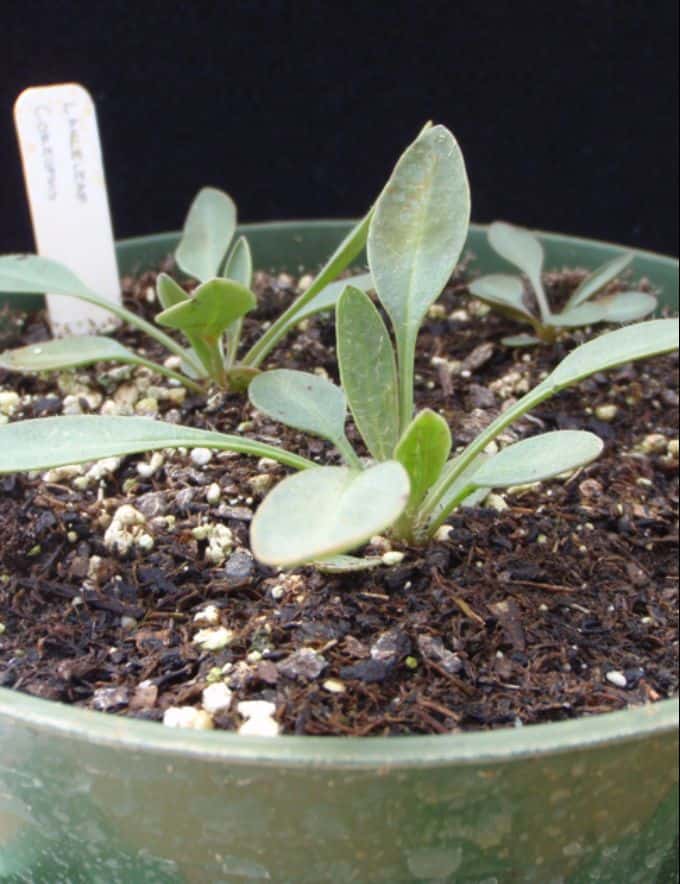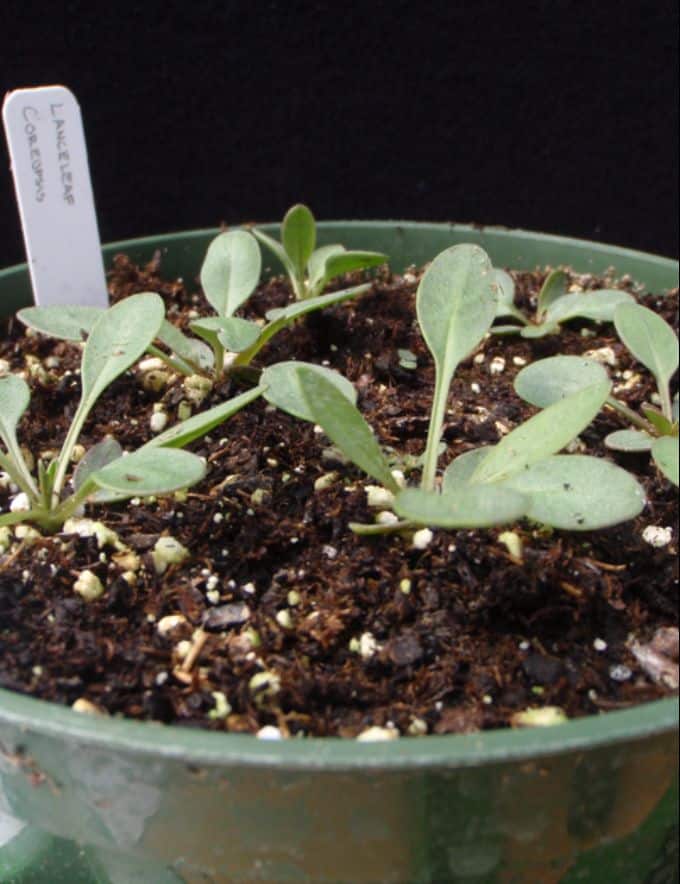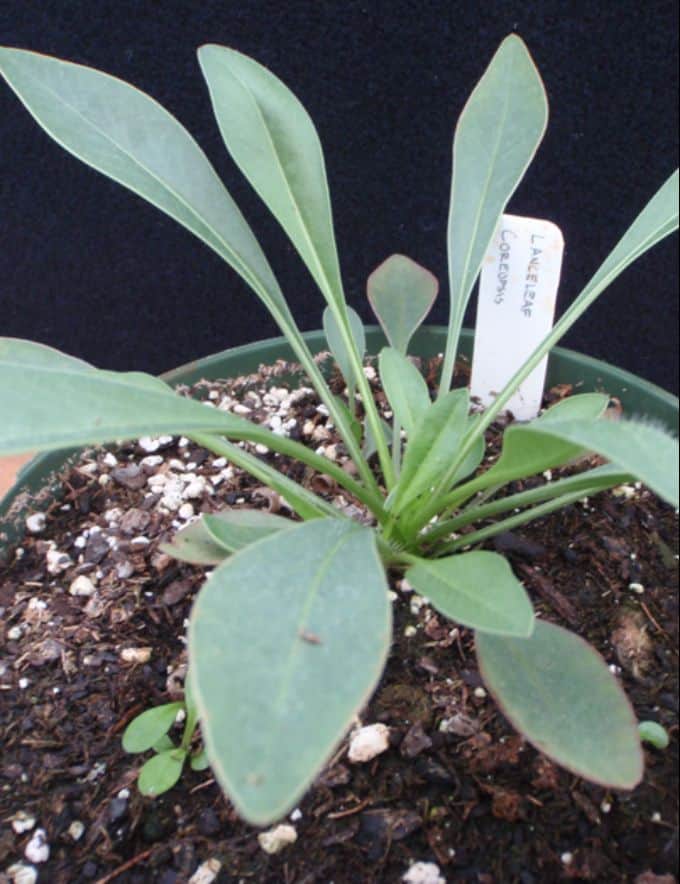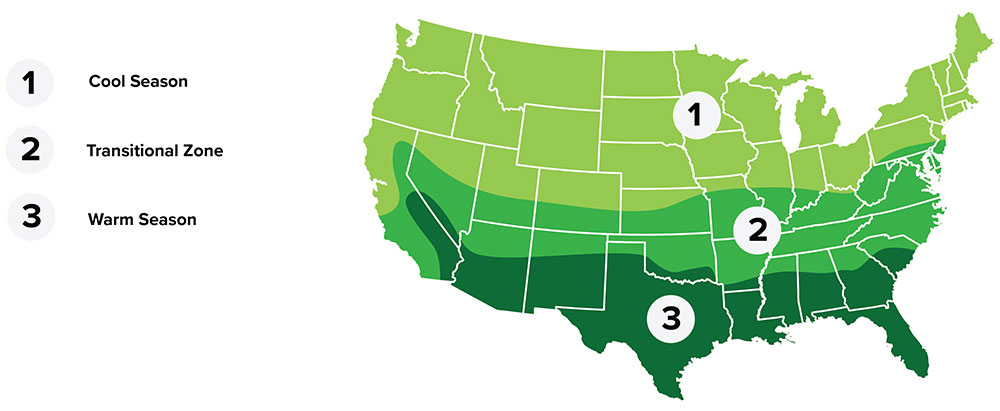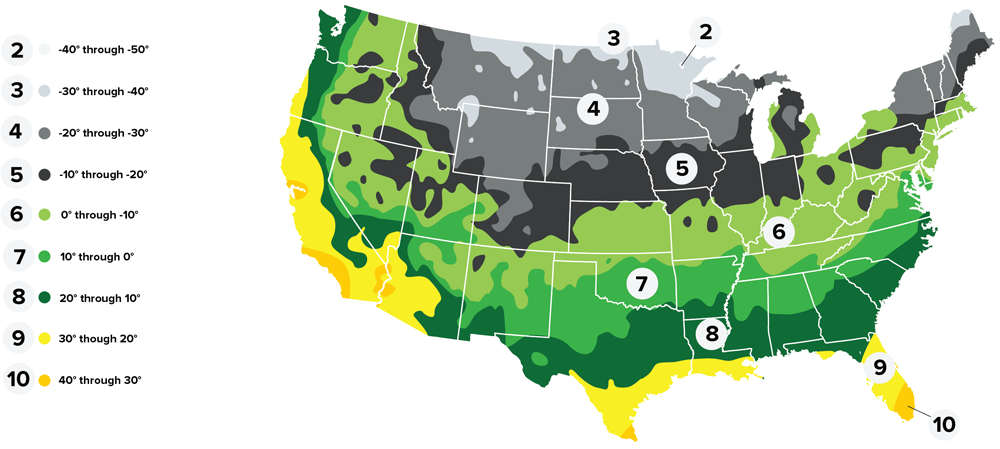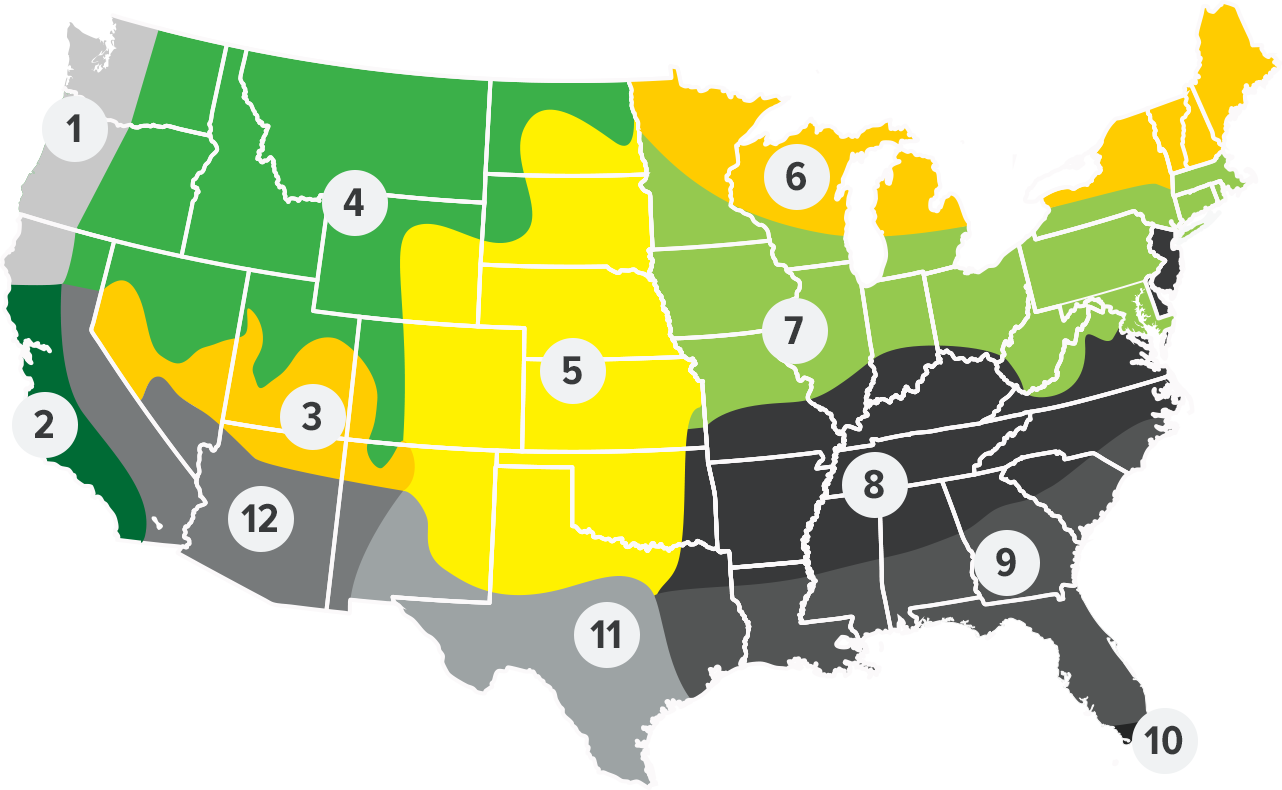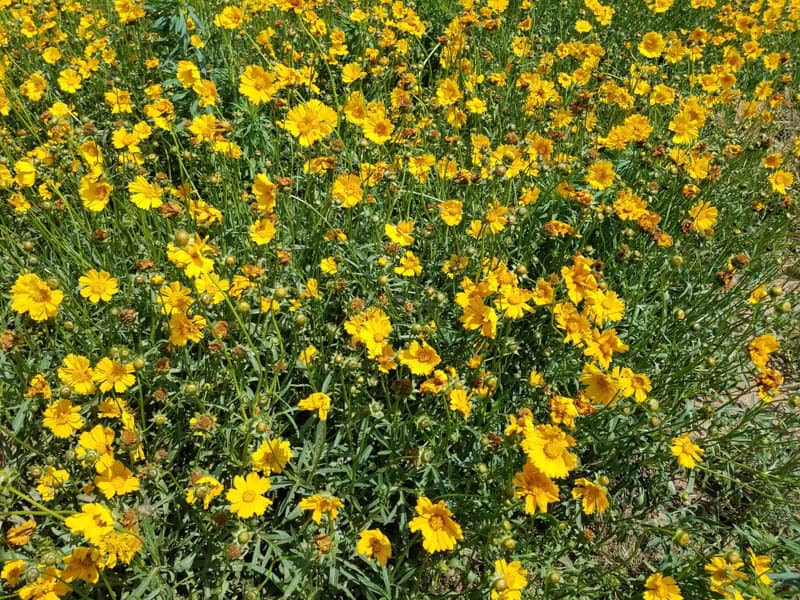
LANCELEAF COREOPSIS
Summary
Lanceleaf Coreopsis, commonly known as tickseed, is a beloved native perennial wildflower that graces landscapes across the United States. Its versatility allows it to thrive in a wide range of geographic and climatic regions, making it a popular choice for gardeners and landscapers nationwide.
Preferring full sun but also tolerant of light shade, Lanceleaf Coreopsis brightens gardens and natural areas with its radiant yellow, daisy-like blooms, which typically measure 1 to 2 inches in diameter. This cheerful display adds a splash of color and charm to any setting, attracting pollinators and delighting onlookers alike.
One of Lanceleaf Coreopsis’ most admirable traits is its exceptional drought tolerance and adaptability to infertile soils. These qualities make it an ideal candidate for landscapes with challenging growing conditions, where it can thrive with minimal maintenance and water requirements.
Lanceleaf Coreopsis finds widespread use in landscape plantings, roadside beautification projects, and prairie restorations, where its resilience and aesthetic appeal contribute to the enhancement of natural habitats and the creation of visually stunning landscapes.
Moreover, Lanceleaf Coreopsis is celebrated for its ease of establishment, making it one of the simplest perennial wildflowers to grow. Its robust nature and ability to self-sow ensure that once established, it will continue to grace the landscape year after year, providing enduring beauty and ecolological benefits.
Lanceleaf Coreopsis stands as a shining example of the beauty and resilience of native flora, offering not only aesthetic value but also ecological importance as a source of nectar and habitat for pollinators. Its widespread popularity and ease of cultivation make it a cherished addition to gardens, roadsides, and natural areas throughout the United States.
Be sure to check out our wide selection of native wildflowers!
Learn more about wildflowers in our “Growing with Us” podcast!
Plant Characteristics
Taxonomy
Zone
- Regional Growing Zone
- 1 - Northwest Coastal, 5 - Midwest, 6 - Northeast Lakes, 7 - Great Lakes South, 8 - Appalacia, 9 - Southeast, 10 - South Florida, 11 - South Texas, 12 - Southwest
- USDA Plant Hardiness Zones
- 3, 4, 5, 6, 7, 8, 9
- Temperature Zone
- Warm, Cool, Transitional
Plant Characteristics
- Height
- 12" - 24"
- Bloom Period
- Late-Spring - Early-Summer
- Bloom Color
- Yellow
- Leaf Color
- Dark Green
- Growing Cycle
- Perennial
- Sun Requirement
- Full Sun, Partial Sun
Plant Information
- Planting Season
- Fall
- Plant Depth
- 0.25"
- Minimum Soil Temp for Germination
- 70° F
- Establishment
- Easy
Seed Information
- Seeds Per Pound
- 220,000
- Kingdom
- Plantae
- Subkingdom
- Tracheobionta
- Super Division
- Spermatophyta
- Division
- Magnoliophyta
- Class
- Magnoliopsida
- Subclass
- Asteridae
- Order
- Asterales
- Family
- Asteraceae
- Genus
- Coreopsis
- Species
- Coreopsis lanceolata
Coverage Area & Available Sizes
Applications
Attractive in mass plantings as well as in species mixes
The relative ease of establishment and bright display make it a very popular choice in roadside plantings









